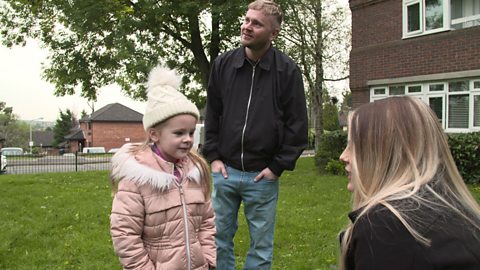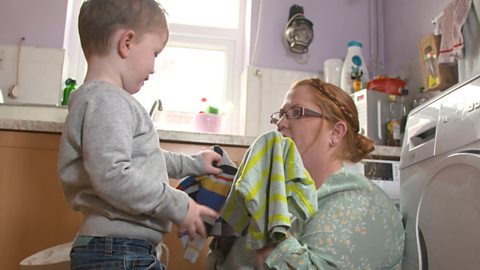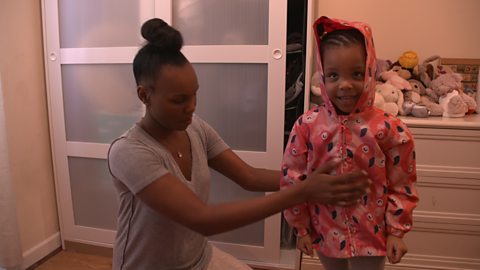Home > Activities > 3-4 years
Children can begin practising the concept of opposites around the age of 3 if their language is progressing well and this will develop into a good understanding of opposites by the time they are 4.
You can help your little one learn by asking them to think of the opposite of a word or situation. If they struggle at first, start with just one concept and talk about it e.g. the brick is 'heavy' and the feather is 'not heavy'. Once they get the idea that there are opposites, then you can introduce the new word. ÔÇÿlightÔÇÖ.
Simple examples of opposites to talk about could be: 'heavy' and 'light'; 'on' and 'off'; 'big' and 'small'; or 'open' and 'shut'.
For some inspiration of how you can introduce opposites into games and chats with your child, check out the video below.
The benefits of learning opposites
- The idea of opposites is an important concept for when children start school. Opposites are important for subjects such as maths where children need to understand measurements such as weight, height and length.
- Opposites teach children how to compare and describe the world around them.
- Learning opposites can help children improve their vocabulary, especially of descriptive words e.g. 'hard' and 'soft'.
- Understanding certain opposites can help keep your child safe, for example knowing the difference between 'hot' and 'cold'.
How to teach children about opposites
As you're out and about, try to point out opposites and name them for your child.
For example, you might point and say 'that's the top window' of a block of flats, and then point at the bottom window and ask them 'so which is this window?' and see if they respond correctly.
If they're unsure, you can name it for them e.g. 'and that's the bottom window'.
Try testing them on their knowledge of opposites based on situations they're familiar with. For example, you could say 'When our clothes are dirty, we put them in the washing machine what does the washing machine make them?'.
Use gestures to give them hints. For example, when you're playing with toys, you could point out 'your one's light and my one is' and pretend your arms are being weighed down to show them that the one you're holding is heavy.
Repeat the words back to them when they say them to help reinforce their learning.
Some opposites to learn
| big | small |
| on | off |
| fast | slow |
| open | shut |
| heavy | light |
| tall | short |
| top | bottom |
| hot | cold |
| dirty | clean |
| rough | smooth |
| same | different |
| full | empty |
| soft | hard |
| big | small |
| black | white |
| inside | outside |
| soft | hard |
| big | small |
| first | last |
| light | dark |
| day | night |

Image caption, It's a great activity to try outdoors as well as inside.
1 of 3






